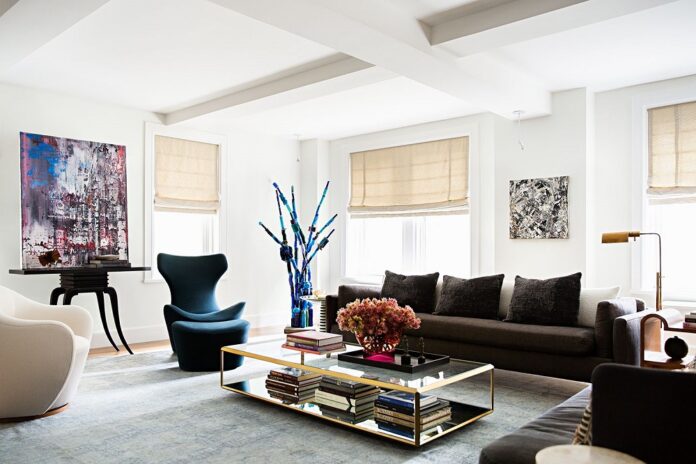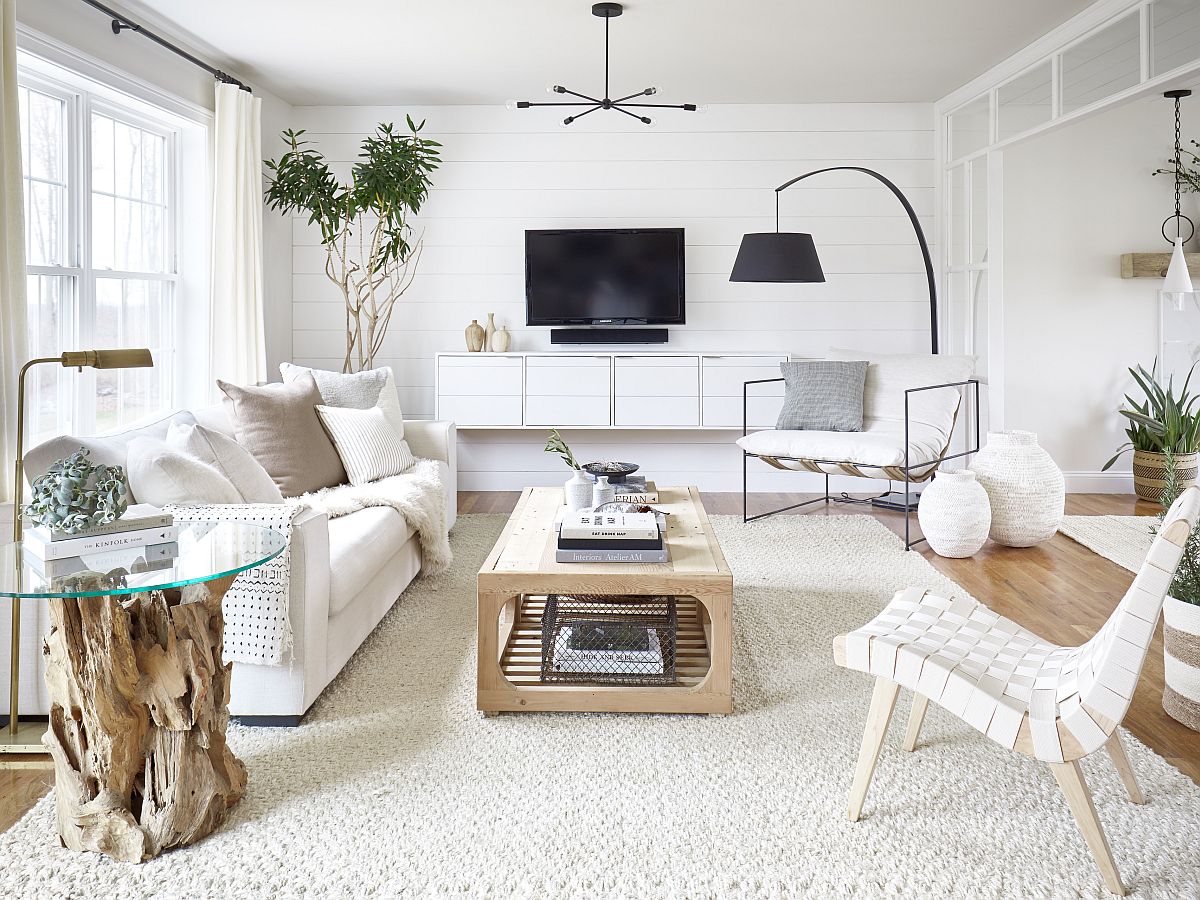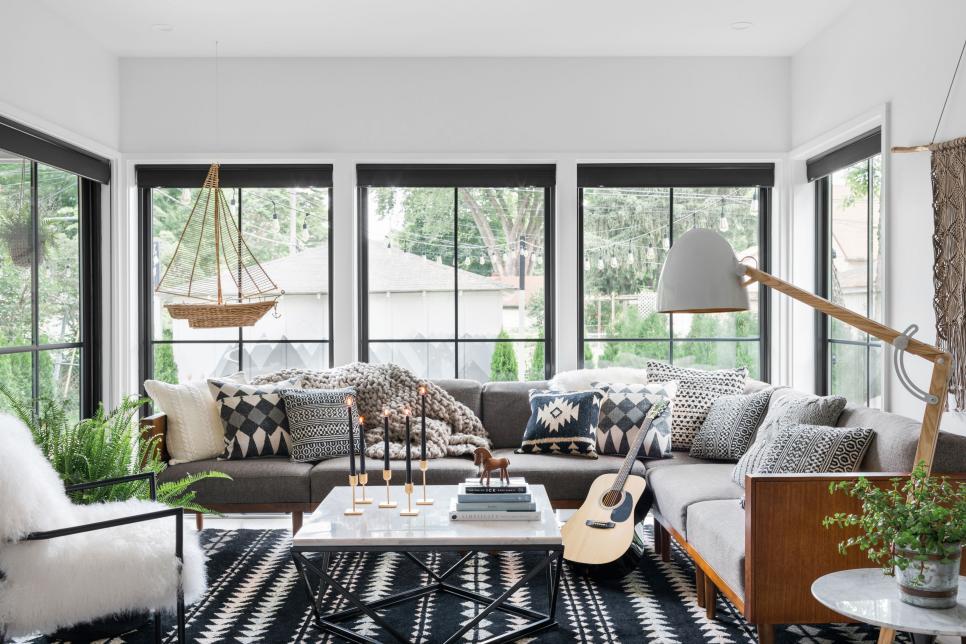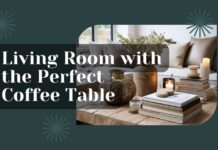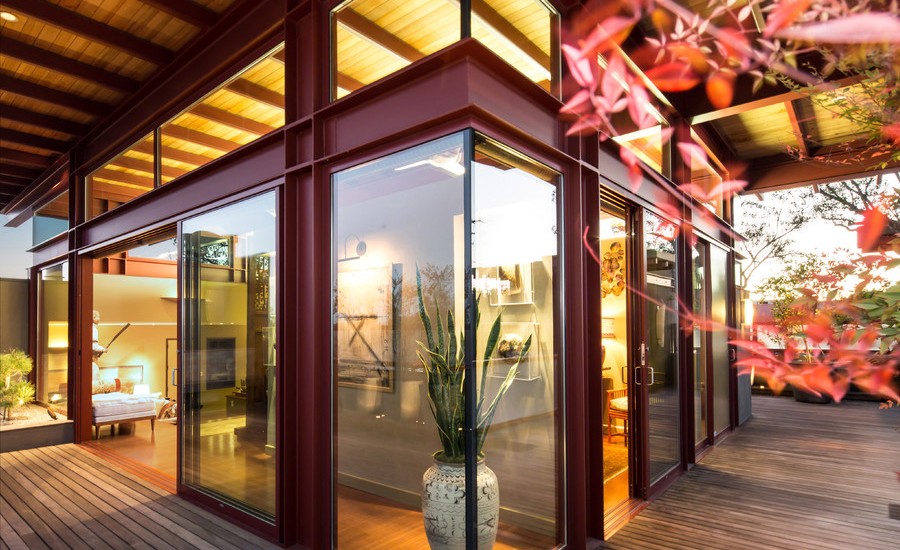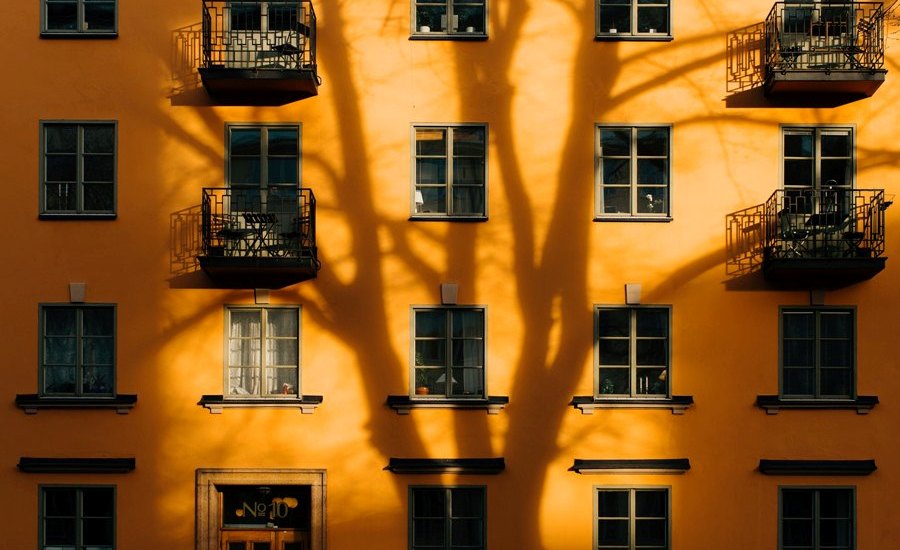If you’re like most people, most of the leisure time that you spend at home will be spent in your living room. Whether you’re reading a book, watching TV, sitting around chatting, or just sitting around, the living room is a space that’s designed for – well, living.
To get the best out of the space requires the right décor, and the right functional furniture. And these are things which can be achieved with the help of a DIY project. Let’s take a look at some of the things you might do to spice up your living room.
Repainting
A touch of paint can brighten up any space. In your living room, it’s important to choose inviting, neutral colours. Red is a colour that’s designed to grab your attention and put you on alert – it’s why so many social media companies choose it for their notification icon! Blues and greens tend to work well, but you’ll need to think about what’s going to match your furniture and what isn’t.
When you’re figuring out what colour works best, be sure to get a few tester pots – but make sure to narrow it down a little first, or you risk spending a huge amount before you know it.
Small DIY Projects
When it comes to DIY, it’s important to avoid biting off more than you can comfortably chew. That might mean looking for something as small as possible, that the room doesn’t actually depend on to look good. The most obvious of these non-central elements are decorative cushions – you can simply make them and then swap them in for your existing cushions.
When it comes to ornaments, you might find some real gems hidden in your local charity shop. Give them a little care and attention and they’ll rival something you might get from one of those artisanal boutique vendors – for a fraction of the cost.
Bigger DIY Projects
Once you’re feeling confident, you can make the switch up to something a little more ambitious. DIY floating shelves can be made to fit that little nook you have on either side of the fireplace, or you might upcycle an existing coffee table, or create an entirely new one from scratch.
Staying Safe
If you’re working with wood, metal, or even paint, then appropriate personal protective equipment is essential. Facemasks remove the danger of your inhaling toxic fumes while you’re spray-painting that cabinet, and protective gloves will spare your fingers from splinters when you’re sanding down that tabletop. Protective safety shoes can make all the difference in the workshop, especially if they come equipped with steel toe caps. With their help, dropping heavier materials needn’t mean a trip to the local A&E.

